7 Line Drills to Improve Agility
by Developing Agility and Quickness
Kinetic Select
May 2017
Line drills can be an excellent way for athletes to improve their footwork, speed, and coordination. This article contains examples of several easy-to-implement line drills.
The following is an exclusive excerpt from the book Developing Agility and Quickness, part of the NSCA’s Sport Performance Series with Human Kinetics. All text and images provided by Human Kinetics.
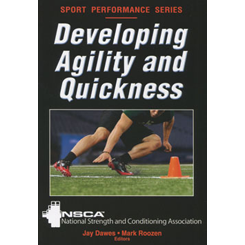
Line Drills
Line drills are commonly used by coaches and athletes to improve footwork, speed, and coordination. Line drills are excellent for beginners since they are simple and require limited equipment. In fact, all that is needed is a boundary line (made from paint, chalk, or tape) on a gym floor, a sports field, or another nonslip, resilient surface. Athletes can vary the difficulty of line drills by altering combinations of upper- and lower-body movements and changing the complexity of footwork. (see chapter 6 for information about duration and number of repetitions.) The following are examples of line drills and their variations.
Forward and Backward Line Hops
Level 1
The athlete stands parallel with the line and then hops back and forth over it with the feet together for a specified time period or number of repetitions. After the athlete lands for each hop, he should immediately push off again and hop to the other side of the line. No extra hops or bounces should occur.
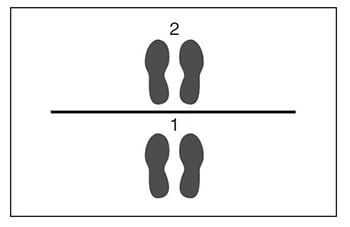
Figure 1. Forward and backward line hops
Single-Leg Variation
Hopping back and forth over the line can also be performed on one leg. The athlete should complete the drill for a specified time period or number of repetitions. The drill should be performed equally on each leg to ensure balanced training.
Lateral Line Hops
Level 1
The athlete stands perpendicular with the line and then hops side to side over it for a specified time period or number of repetitions.
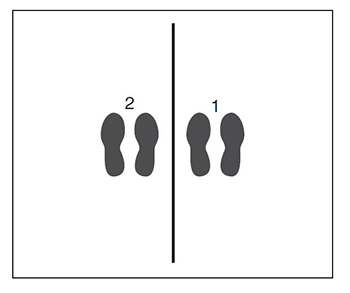
Figure 2. Lateral Line Hops
Single-Leg Variation
Hopping side to side over the line can also be performed on one leg. The athlete should complete the drill for a specified time period or number of repetitions. This drill should be performed equally on each leg to ensure balanced training.
Scissors
Level 1
The athlete stands parallel with the line and then steps across with the right foot, straddling the line with the left foot behind it. Next, the athlete shifts the feet rapidly, moving each foot to the opposite side of the line. He continues the drill by changing the position of the feet with a scissor-like motion.
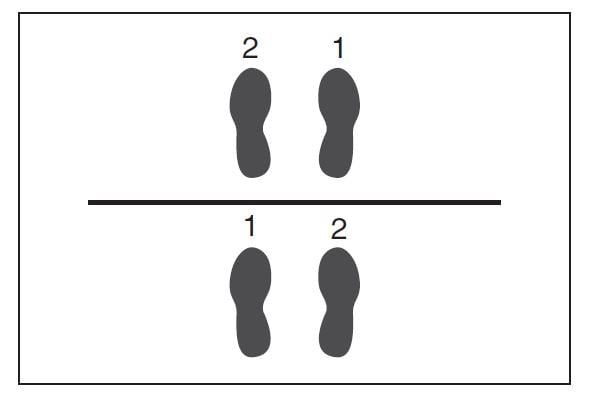
Figure 3. Scissors
Forward and Backward Line Hops (Traveling Laterally)
Level 1
The athlete stands with shoulders parallel to the line and then hops forward and backward over it with feet together. At the same time, he moves laterally down the line for a specified time period or predetermined distance. The athlete should travel to both the right and left sides to ensure balanced training.
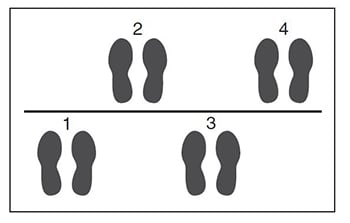
Figure 4. Forward and Backward Line Hops Traveling Laterally
Lateral Line Hops (Traveling Forward and Backward)
Level 1
The athlete stands with shoulders perpendicular to the line and then hops side to side over it with feet together. He moves forward down the line, hopping from side to side, until he reaches the end, and then returns to the starting position by hopping backward and side to side. This is done for a specified time period or a predetermined distance. The athlete should keep both feet together for the duration of the drill.
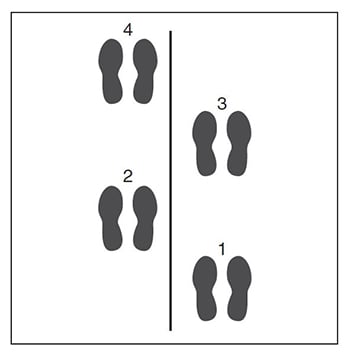
Figure 5. Lateral Line Hops – Traveling Forward and Backward
Single-Leg Variation
Hopping side to side over the line can also be performed on one leg. The athlete should complete the drill for a specified time period or number of repetitions. The drill should be performed equally on each leg to ensure balanced training.
Traveling Scissors
Level 1
The athlete stands with shoulders parallel to the line and then steps across the line to straddle it with one foot in front of the line and the other behind it. He rapidly alternates the position of the feet, moving them forward and backward in a scissor-like motion while moving laterally down the line for a specified time period or a predetermined distance. This drill should be performed to both the right and left sides to ensure balanced training.
Figure 6. Traveling Scissors
180-Degree Traveling Line Hop
Level 2
The athlete stands on the line with shoulders and hips parallel to it. Next, he hops to the side while rotating the body 180 degrees in the air, landing on the line facing the opposite direction. He continues hopping and traveling laterally down the line for a specified time period or a predetermined distance. Both feet must land on the line for each hop.
Single-Leg Variation
This drill can also be performed on one leg. As with the two-footed version, the athlete hops down the line, rotating the body 180 degrees with each hop. The foot must land on the line with each hop. This drill should be executed equally on each leg to ensure balanced training. The athlete performs the drill for a specified time period or a predetermined distance.
From the National Strength and Conditioning Association (NSCA) comes this resource packed with more than 100 drills to help in the development of agility and quickness training programs. Applicable to almost every sport, Developing Agility and Quickness focuses on improving athletes’ fleetness of foot, change-of-direction speed, and reaction time. The book is available in bookstores everywhere, as well as online in the NSCA Store.
- Privacy Policy
- Your Privacy Choices
- Terms of Use
- Retraction and Correction Policy
- © 2025 National Strength and Conditioning Association